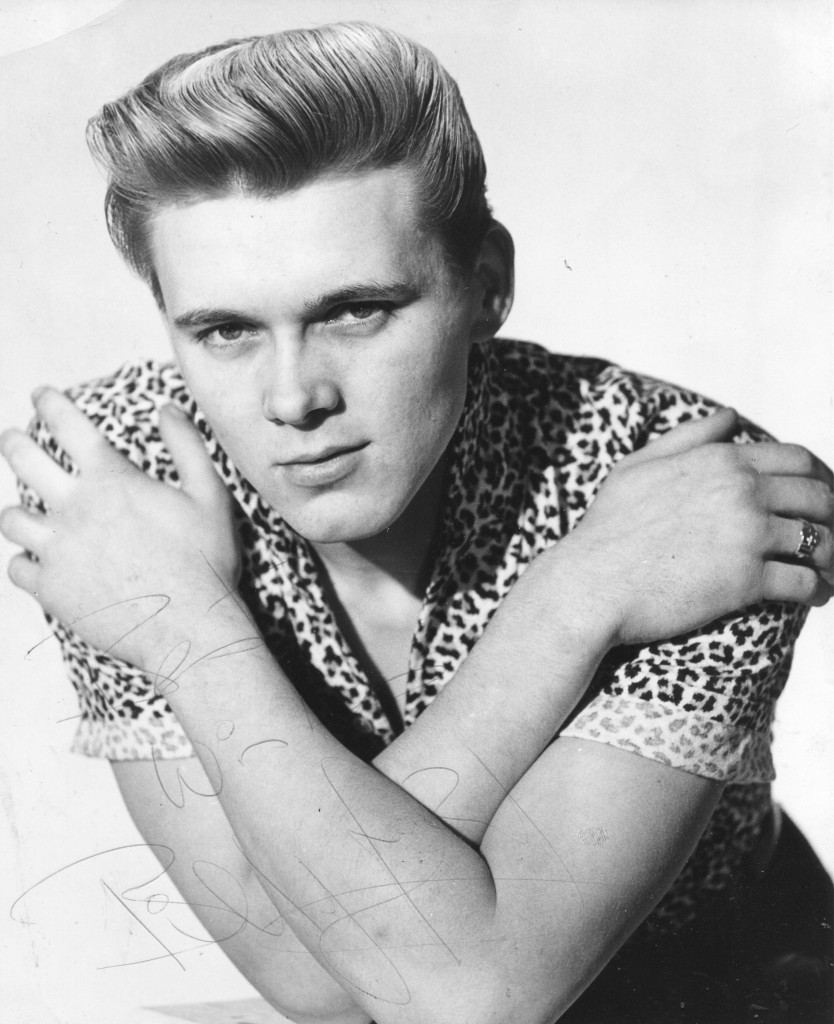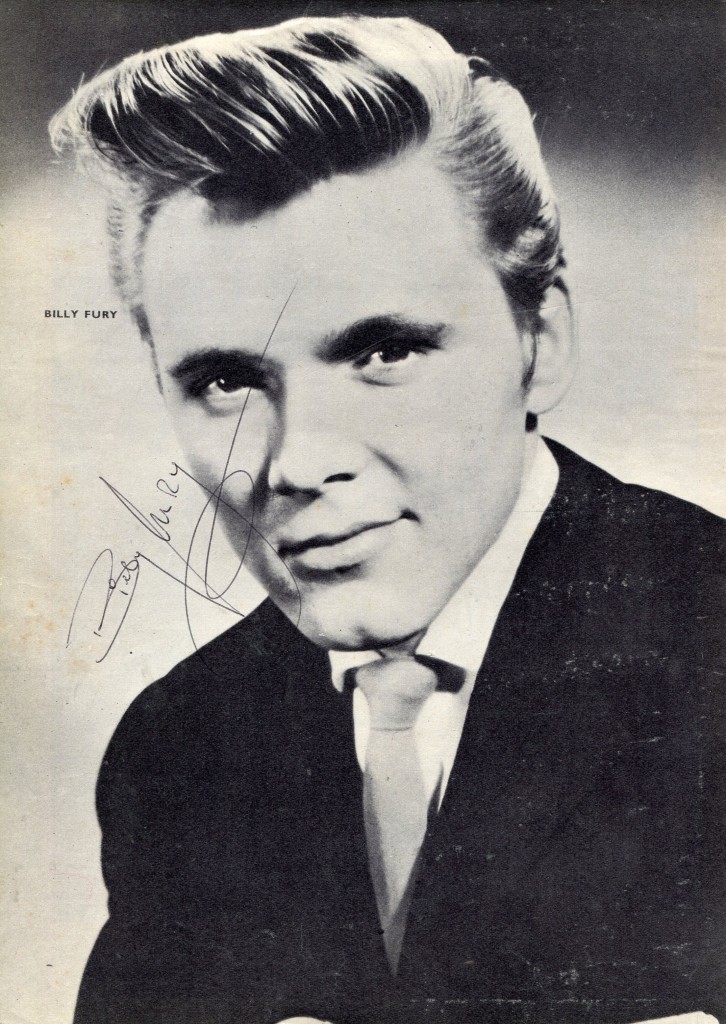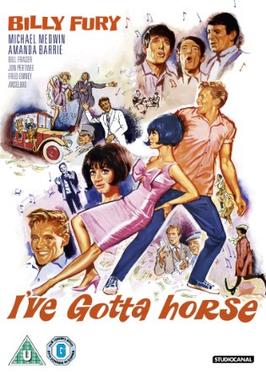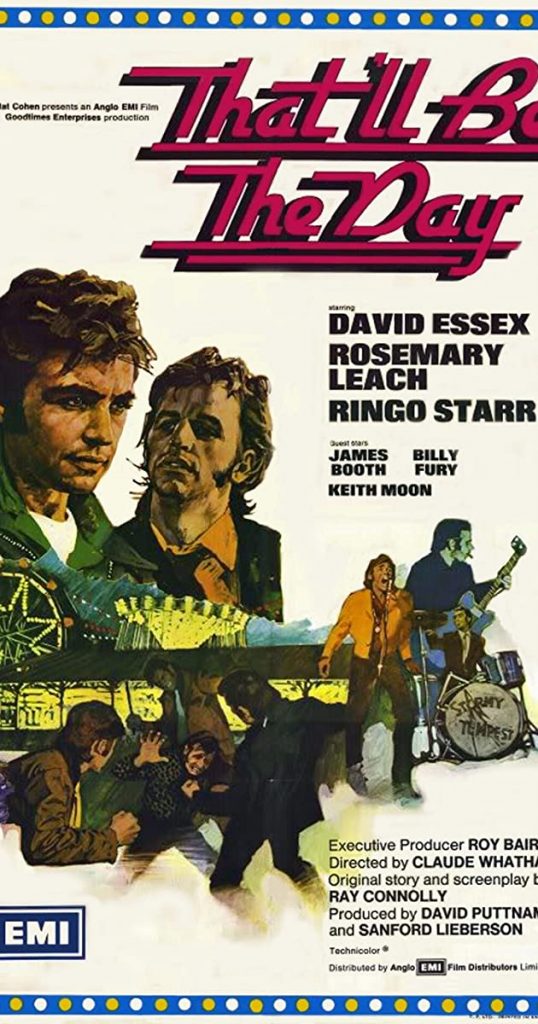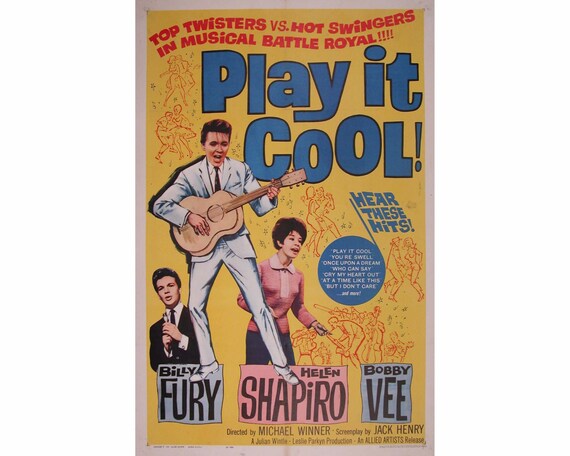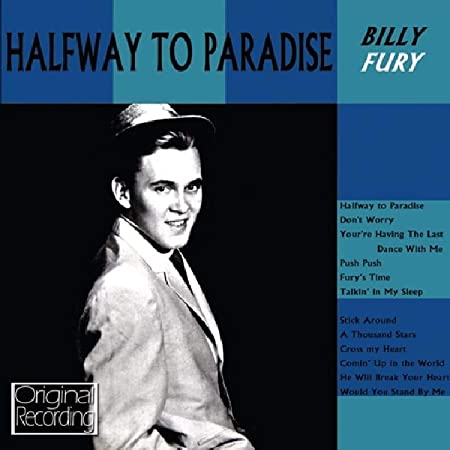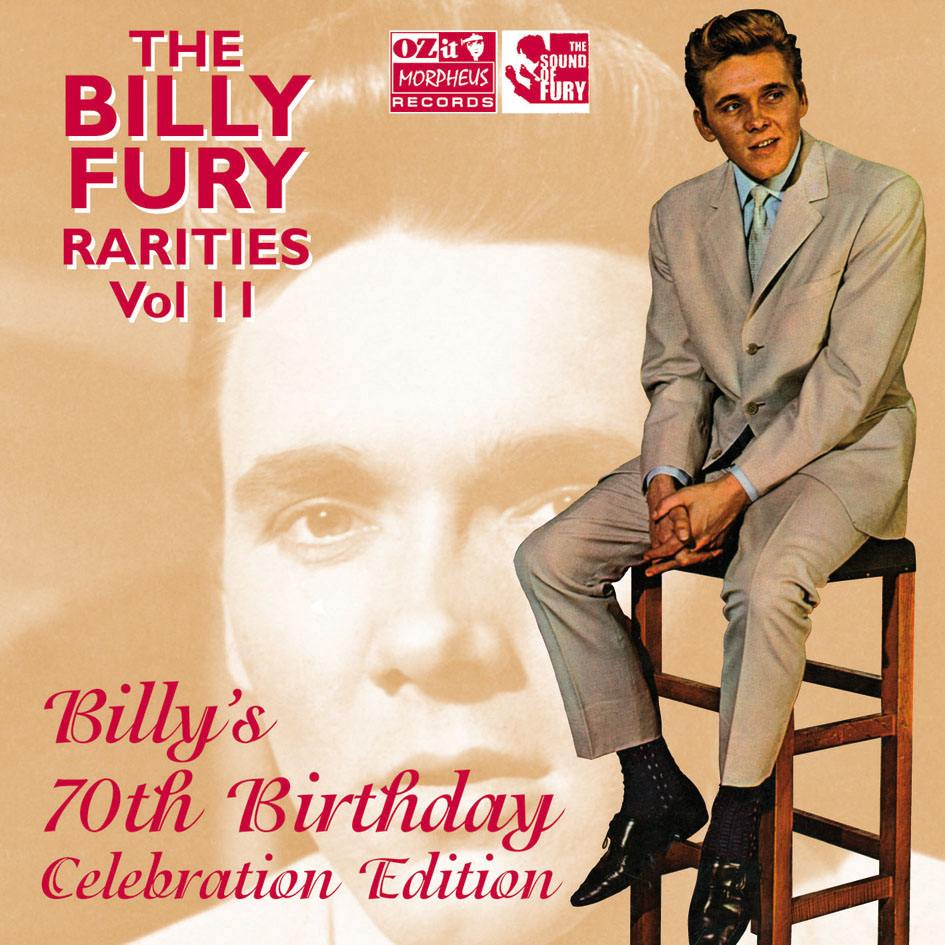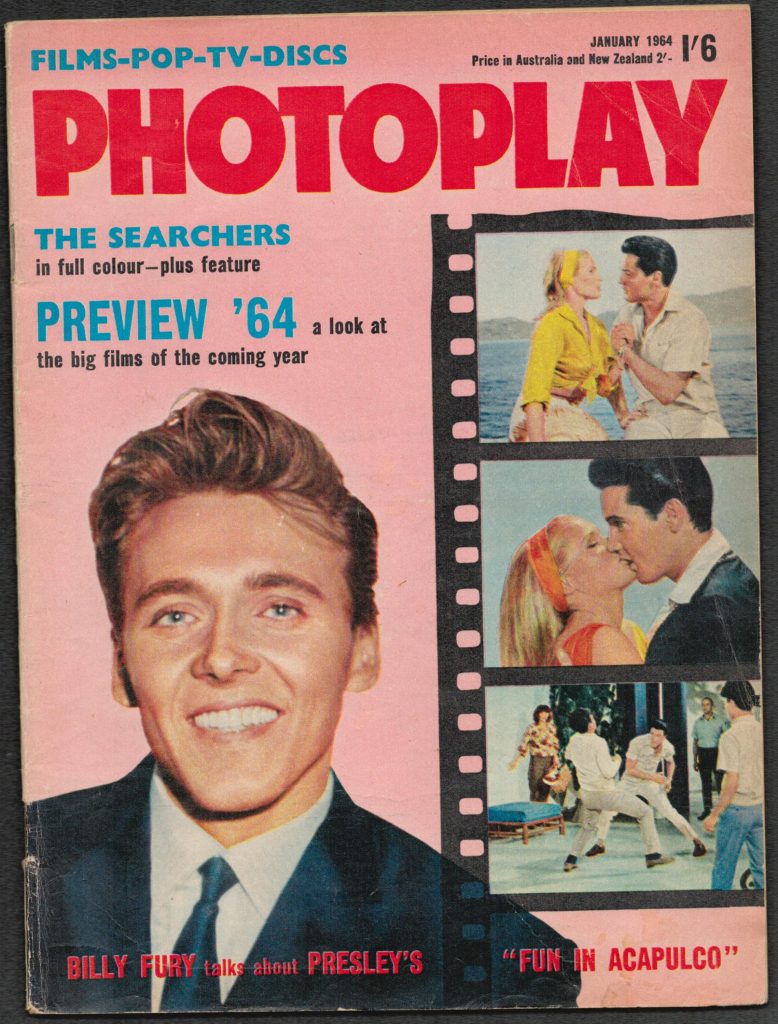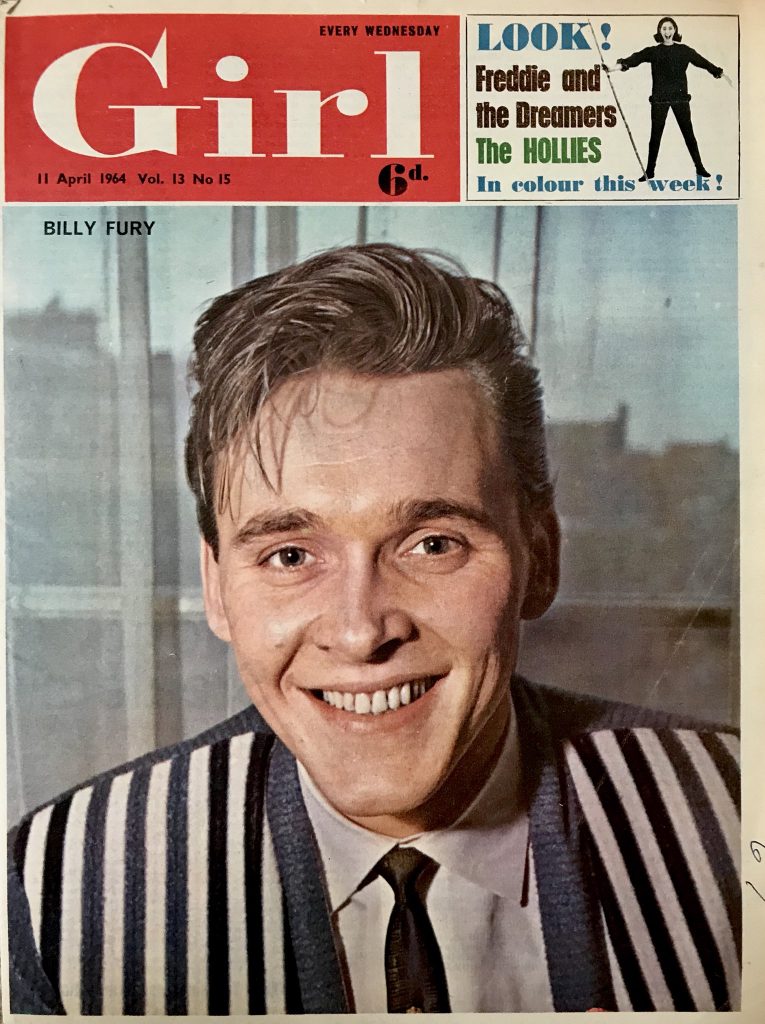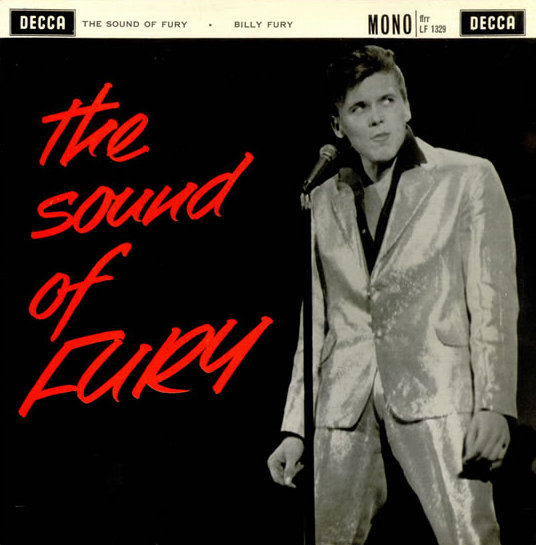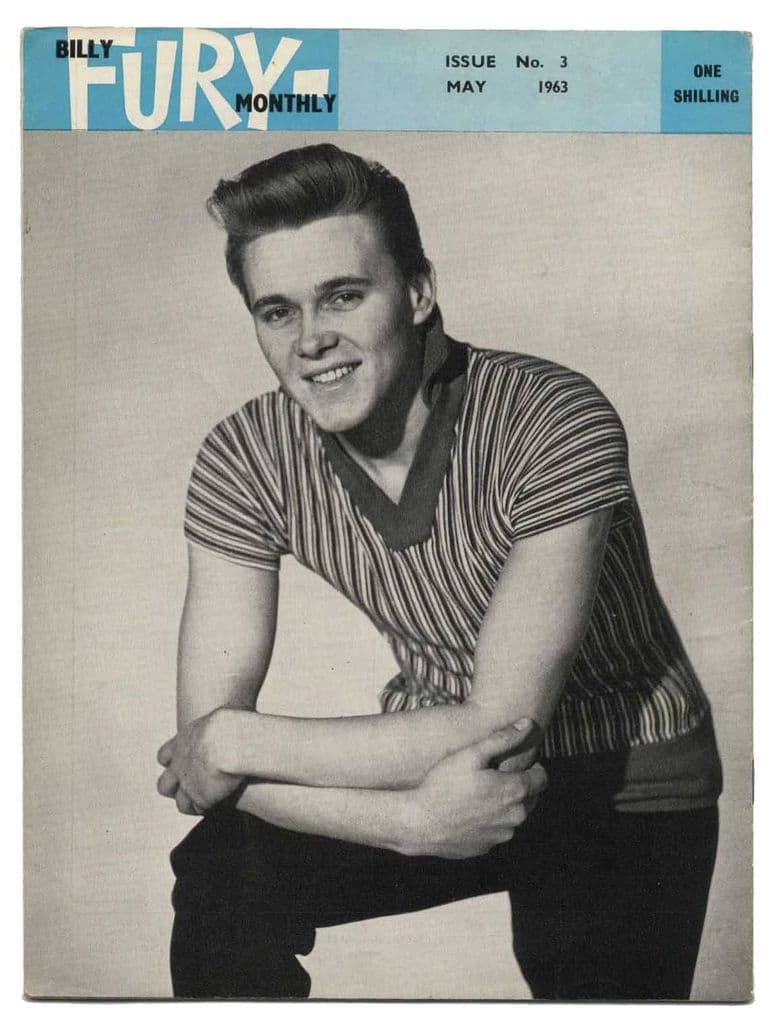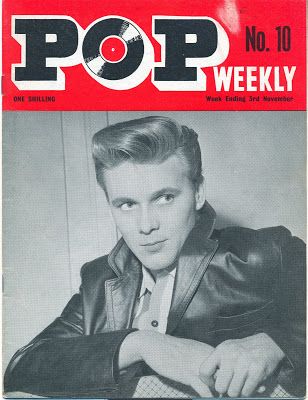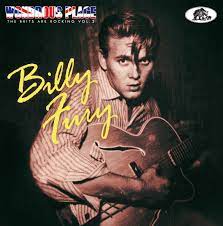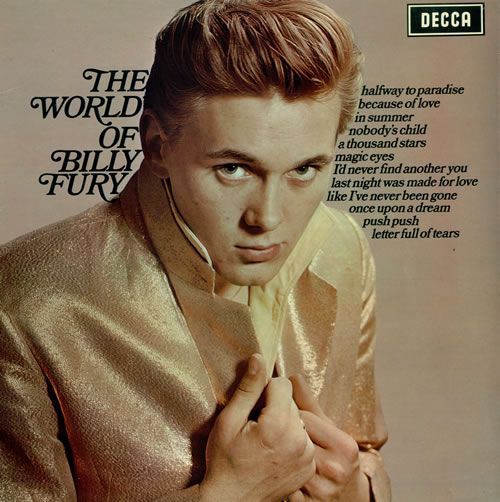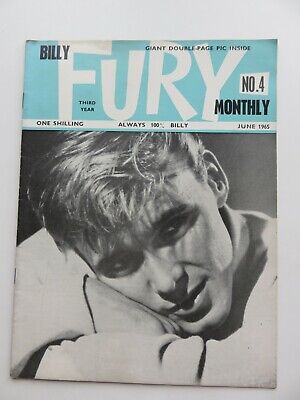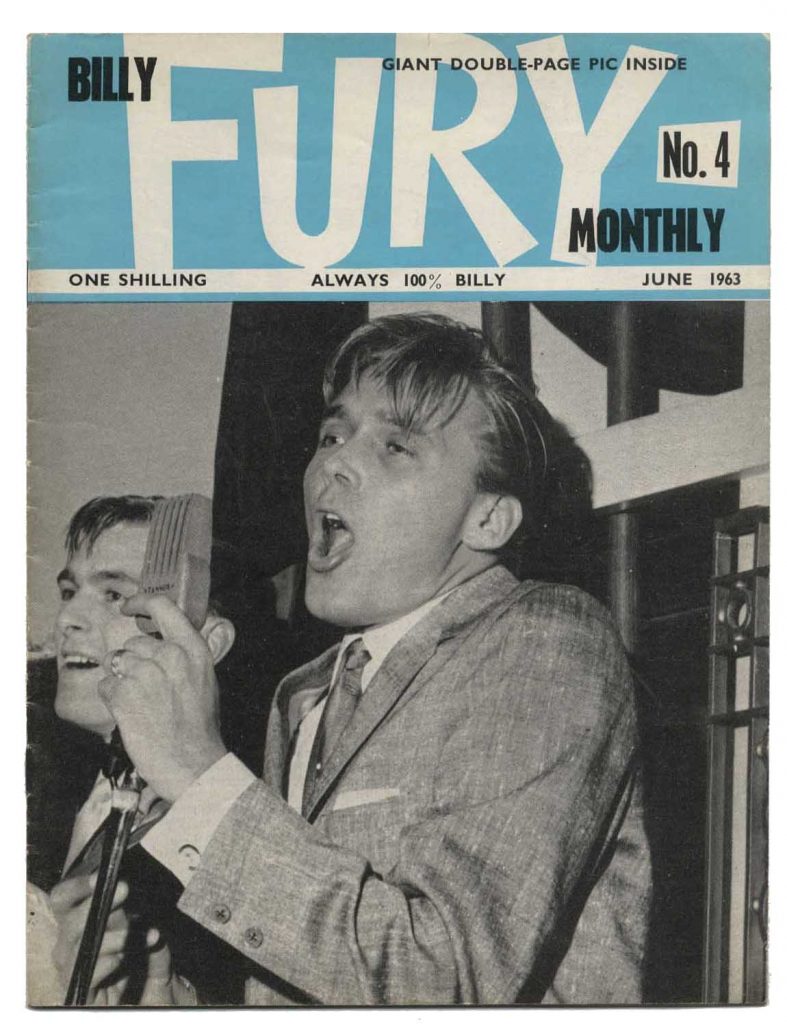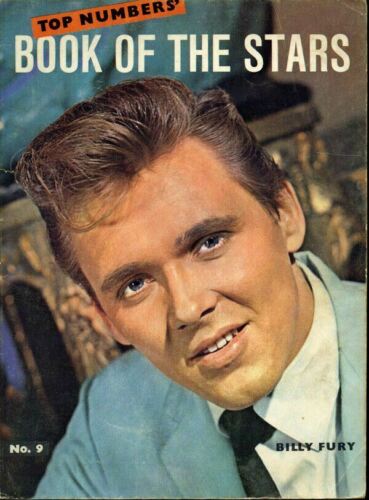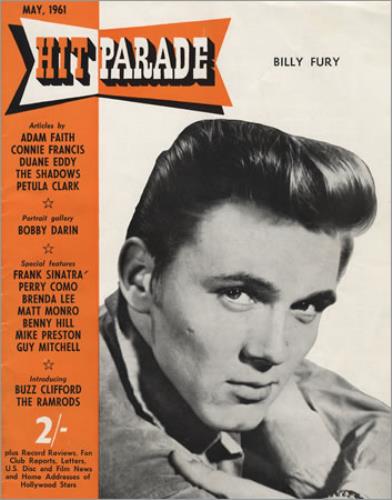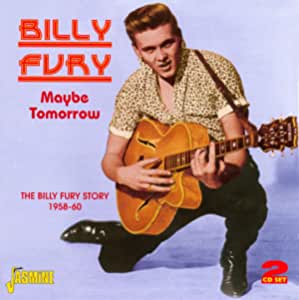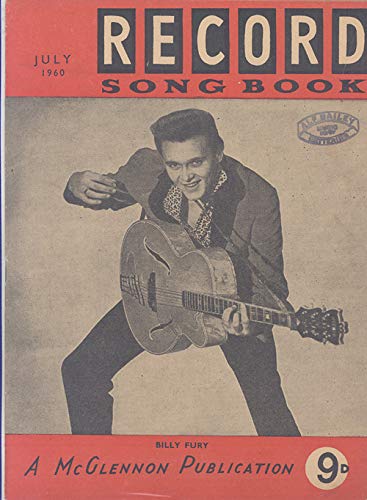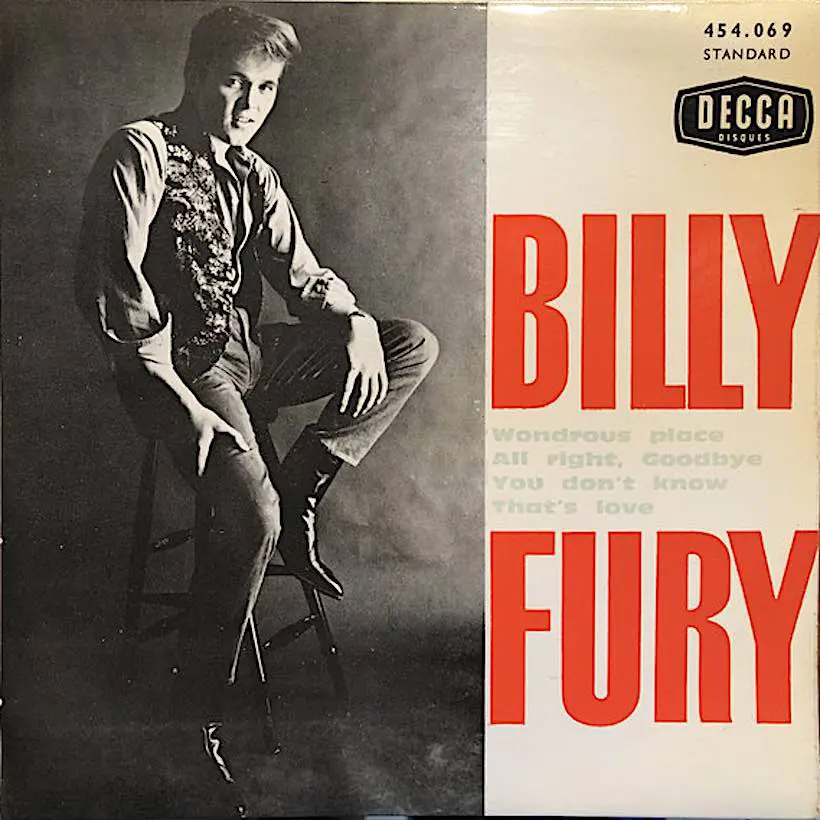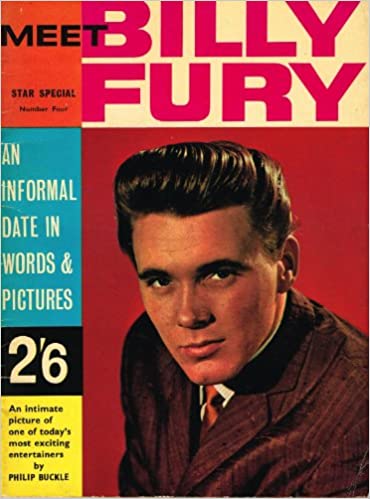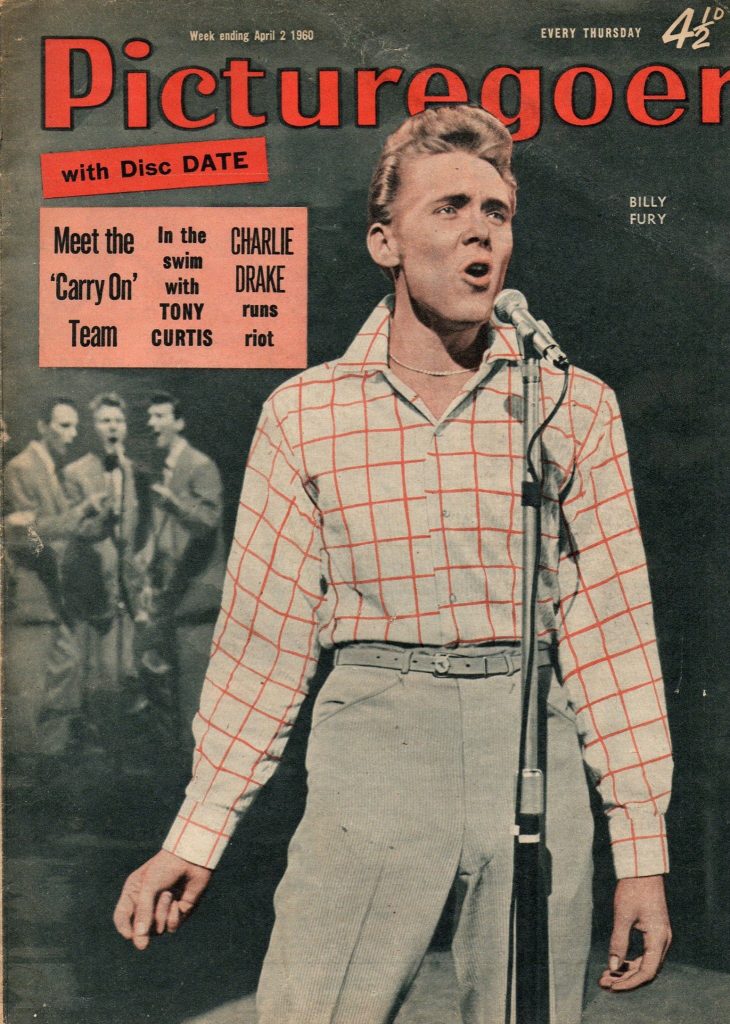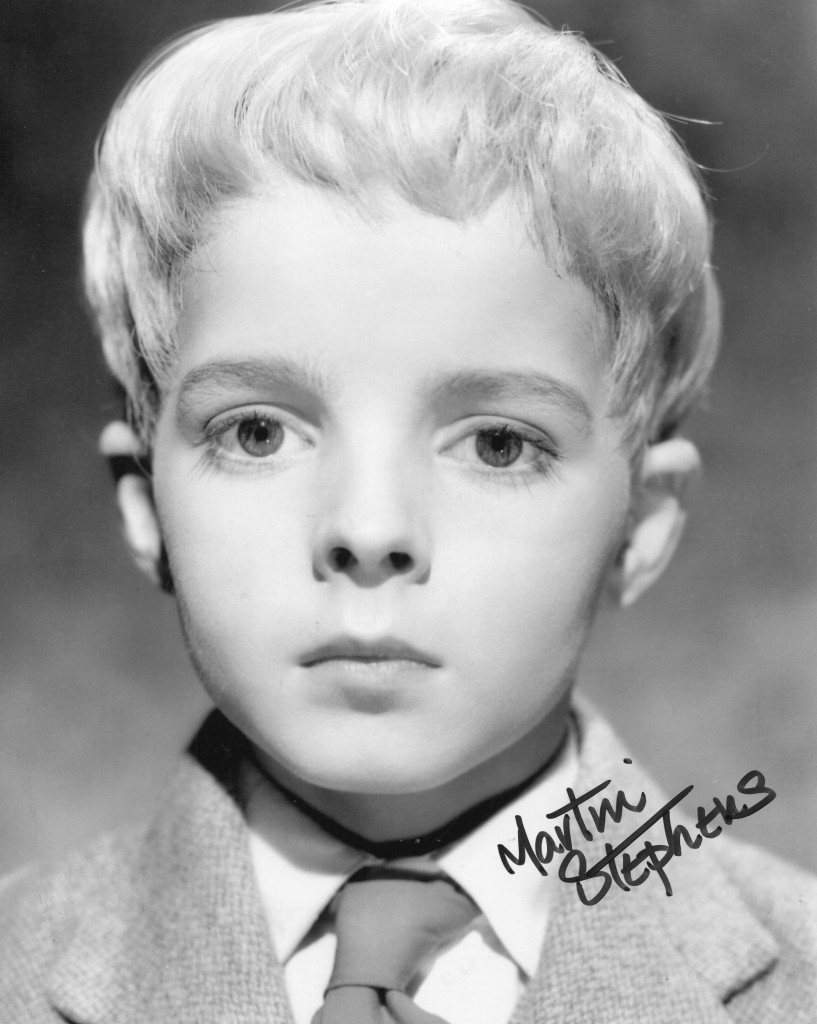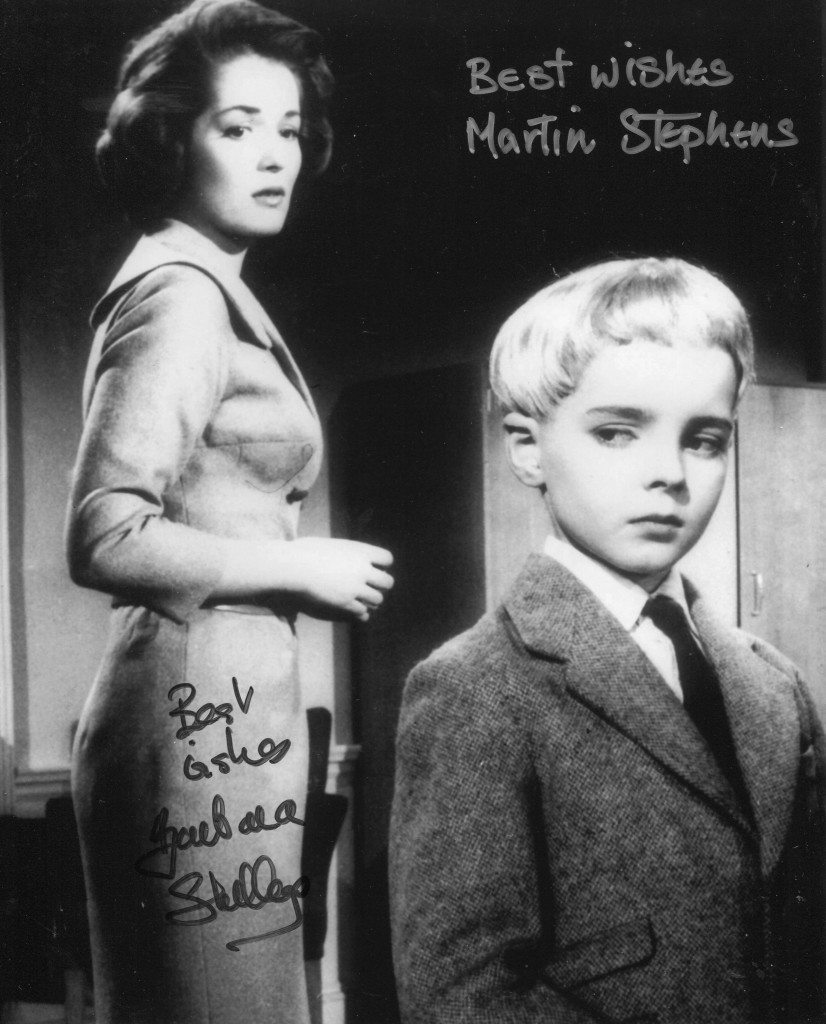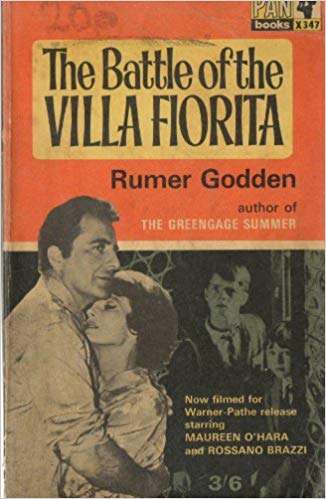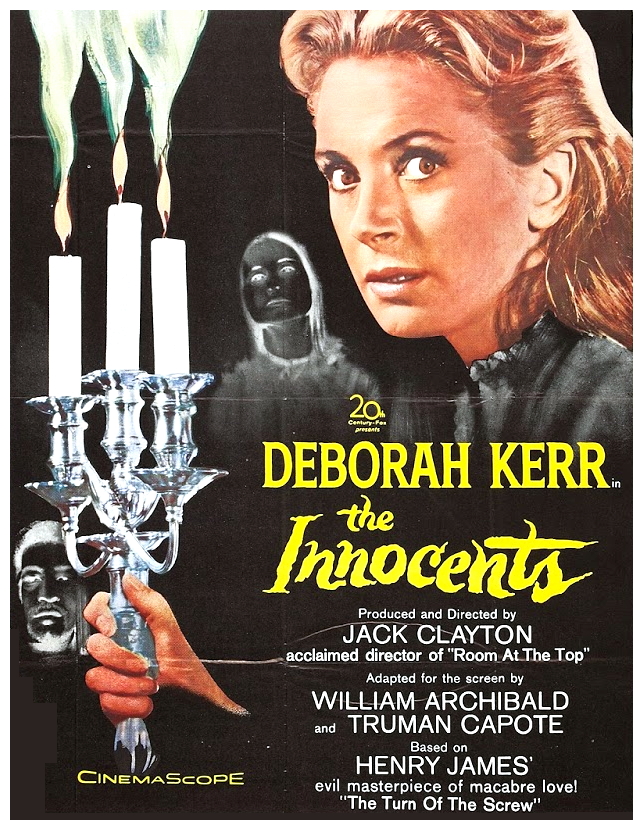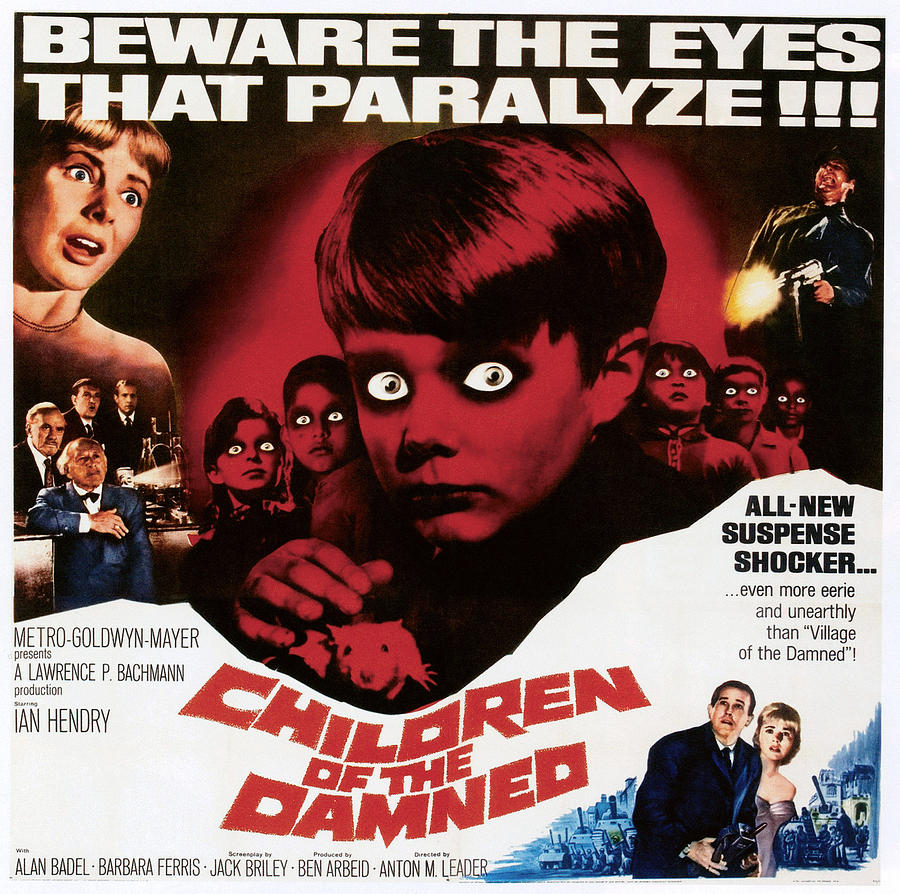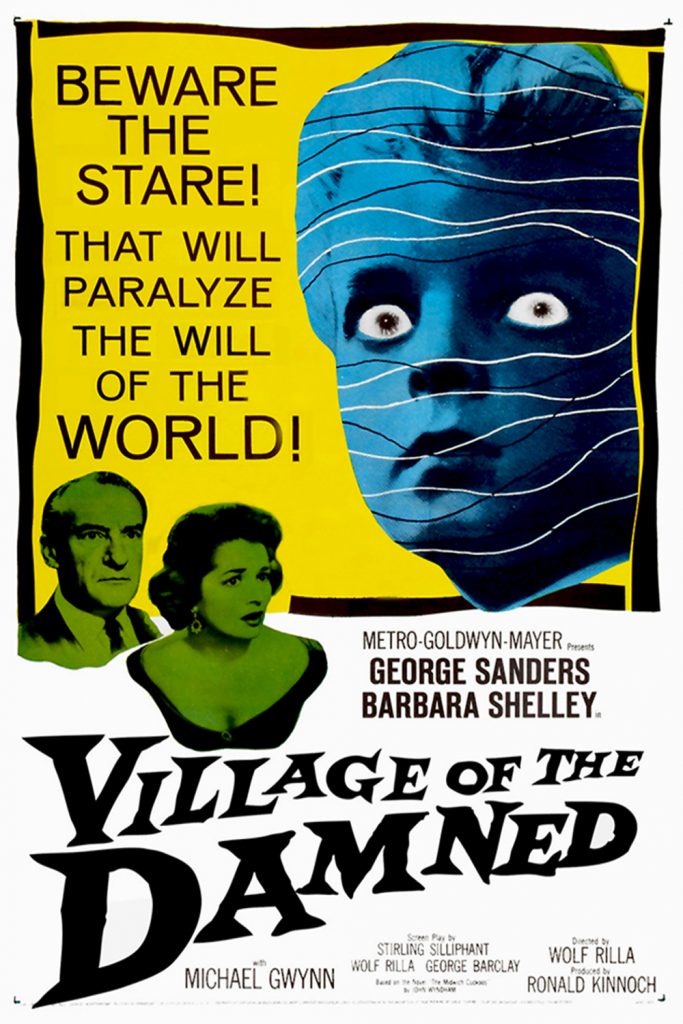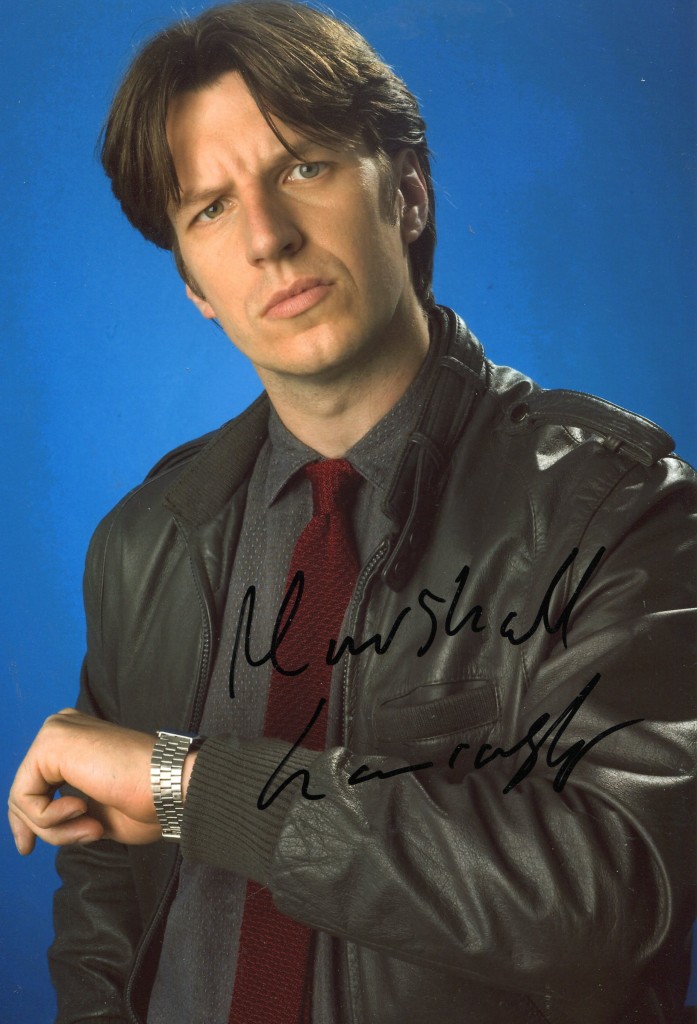
Marshall Lancaster is a prolific British television actor who was born in Cheshire in 1974. He is best known for his performance in the series “Ashes to Ashes”. He also played the part of ‘Slug’in “Coronation Street”.
“Female First” interview in 2010:
by Helen Earnshaw |
Marshall Lancaster has enjoyed an acting career that has already spanned ten years with shows such as Clocking Off and Coronation Street under his belt.
But is his role as Chris Skelton for which he is most famous as Life On Mars and Ashes To Ashes have become two of the most popular shows on TV in recent years.
But Ashes to Ashes came to an end earlier this year, out on DVD now, and I caught up with Marshall to talk about his time on the show.
– Ashes to Ashes is just out on DVD so for anyone who hasn’t seen the show what can we expect?
(Laughs) Basically the show ties up the mystery of what’s going on, what has happened to Alex Drake and also what happened to Sam Tyler in the previous series Life On Mars.
– No Chris was left in disgrace at the end of season two so how do we see him develop this time around?
Well I think that the fact that it was left like that has affected his relationships with Shaz because they have sort of had to split really, it’s never really explained why but I think it’s probably something to do with Chris being a Judas in the previous series. He was very lucky that he wasn’t taken away by Jim Keats.
– And what about his relationships with Gene, Alex, Ray and Shaz how do they develop or alter?
I think it sort of carries on in pretty much the same way, it’s not really mentioned what happened in the previous series, so it pretty much picks up where they left off Chris is still eager to please and he is still the dogsbody.
– But he does have a very interesting relationship with Gene this time around?
This whole point is in this coppers purgatory you have to redeem yourself, Chris died because he was shot after being given wrong orders and he didn’t trust is own instincts.
So the whole point is that Chris has to stand up to Gene in the seventh episode and that is what he does and that helps him move on and send him off to the pub.
– Season 3 gives us the answers we have all been looking for so when were you told about the ending and was it what you were expecting?
It wasn’t what I was expecting at all. We were all sat down at the beginning of the third series and we were told about how it all fits and what it was all about, we had all been used to the idea that it’s Alex Drake that’s in this coma but to find out that you are all in the same boat was quite funny really. I wish I had known about it earlier on because I could have played a coma moment of my own.
– Did you have any theories of your own?
No, no. I didn’t think that Alex Drake would wake up and it would be your typical ending I thought that there had to be more to it than that but I didn’t expect to go quite like that.
I thought of another option that was the whole thing was just a couple of seconds and she would wake up and the whole was just in the blink of an eye, but I never expected that.
– How satisfied were you with Chris’ fate?
I was satisfied until I got to the final line of the show, Chris’ final line of the show, Shaz says to Chris and Ray ‘You two should have got married’ and Chris’ final line is ‘well it’s legal in Holland actually’ so it looks like Chris turned out to be gay in the final line of the show (laughs).
– We first met Chris back in 2006 on Life On Mars so what was it that drew you to the project in the first place?
Well it was literally work, I didn’t know what it would be and how it would turn out I had just gone for an audition like any other, I didn’t realise that it was going to be what it was five years later.
– How surprised have you been by the success of Life On Mars?
It was 50/50 really because I had worked with both John (Simm) and Phil (Glenister) before and I knew that they were both great actors and that sort of thing so to see them involved in that you knew that it was going to be a good show.
But walking onto the CID set for the first time in Manchester it was just vast, it was brilliant to see this 1970’s CID with that concrete roof and it just looked brilliant.
Also half way through that they also showed us footage of what we had been filming and we got the idea that t was going to be good.
– The original show was all tied up after two series so why they suggested the spin-off what was your initial reaction?
I think I thought ‘how are they going to do this?’ I half wondered if it would be a success, how it would take off and how people would receive it.
But they cleverly worked Keeley into it and it was good that they choose a female copper rather than trying to replace John, I don’t think you could have replaced the character of Sam Tyler.
But I did just wonder but it was nice in a way because we had already set the ground rules and we could go further with it, it’s almost tongue in cheek when we are coming down the Thames in the speedboat, it’s almost like you can have just a little bit more fun with it.
– What were the relationships like on set, you have worked with Dean Andrews and Philip Glenister for five years now?
Yeah, yeah (laughs) I did a lot of work with Dean and Phil Glenister is an amazing actor and he great to work alongside. But yeah it was good, it was good.
– And how did Keeley and Montserrat shake up that dynamic?
It was good because they brought in the female influence really and it was quite amusing to have then involved in this man’s world that had been created.
– The police force at the time was a male dominated arena and many of the characters are quite sexist so what sort of research did you do into the time and the profession?
Originally we were sent information on what things were like at the time and how things worked in CID at the time.
There was a thing in the early series about stamping a rubber stamp on Keeley’s backside because she has come into CID and that sort of thing did go on it was taken from genuine stories of the atmosphere that women had to put up with, you would be done for sexual harassment nowadays.
So we learnt a lot about how coppers worked and watched lots of footage to see how they all hung around.
– Away from the show you are rehearsing for a new theatre show of The Railway Children so can you tell me a little bit about that?
Yeah it’s going on in Waterloo Station, I have already been in the show up in York, and I’m taking on the role of Perks the porter, which is played by Bernard Cribbins in the film; he has been down to see us.
The train has been shipped down from York and that is going to be pushed into the theatre space which is quite an amazing feat, especially for the ‘oh my daddy, my daddy’ moment.
It’s just a fabulous play and all the scenes go in and out of platforms so it’s really, really clever and just a beautiful piece of theatre and I’m looking forward to being in it.
– How great is it for you to go on to move into an entirely new project?
It’s a funny thing being an actor because your head is always right involved with whatever project you happen to be in at the time. I have always done things between Life On Mars and Ashes, luckily I have always found a bit of work in between, so it fells like I could be going back to do another series, obviously I’m not. But you just concentration straight onto the next project my focus is now on sweeping platforms and whistling trains in.
– You have appeared in a couple of theatre productions in recent years including Wuthering Heights and Up n’ Under so how does your stage work compare with TV?
TV needs plenty of energy but theatre you need lots of gusto and energy because you really have to play things out a lot more than when you are on TV, I think anyway (laughs) It compares in the fact that you have got to make more of the voice and you have got to be more physical but on the whole action is acting and you prepare and that sort of thing.
– Back to Ashes to Ashes how sad are you to see it end? But was it the right time to bring the show to a close?
I do think it was the right time because these shows can run and run and I think that there is only so much the public will probably accept, in the end I think that you would just get frustrated and want to know what is going on so I think if it had tried to go on or move to another era it would just have been too much.
– What the main memories that you will take away from working on the show, Montserrat Lombard said it was your dancing?
(laughs) yeah I think I probably scared her for life with that. I think it was those sorts of things like the speedboat moment are all really fond memories. But it was just having a laugh and working with some great people.
– Finally what’s next for you?
I have got one or two things in the pipeline, I’m not 100% sure, there is talk of me returning to Coronation Street, I have spoke to the producer about going back and it’s whether they get in touch again.
I would quite like to do that and I have one or two other things up my sleeve but for the next couple of months I have got to concentrate on being Mr Perks.
Ashes to Ashes Season 3 is out on DVD now.
FemaleFirst Helen Earnshaw
Marshall Lancaster has enjoyed an acting career that has already spanned ten years with shows such as Clocking Off and Coronation Street under his belt.
online here.

























































